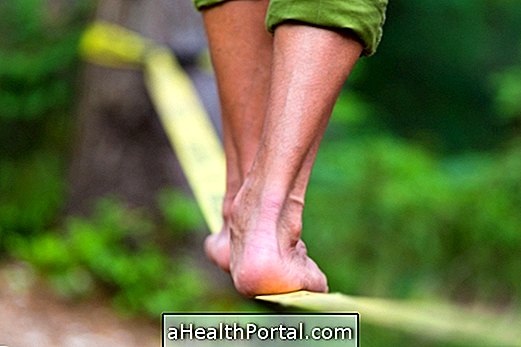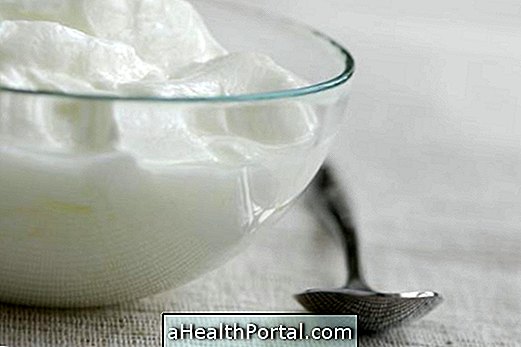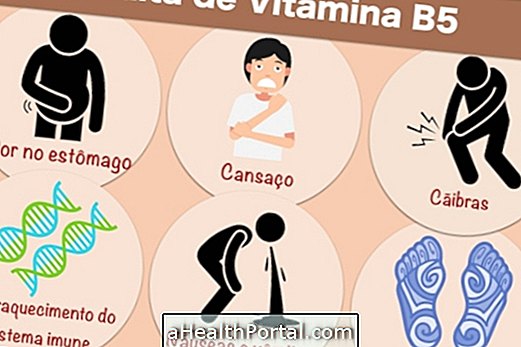Running is a very effective type of aerobic exercise for weight loss and improved fitness, especially when practiced in high intensity, increasing heart rate. Learn about the benefits of aerobic exercise.
Running training that can lead to fat burning and, consequently, weight loss can lead to a loss of 1 to 2 kg per week, as it intercalates high intensity moments with a calmer running, which accelerates the metabolism and, consequently, increases the energy expenditure. However, the results may vary according to the person, as it depends on the biological individuality of each, plus that the weight loss is greater when there are more pounds to lose beyond ideal weight. Check out some tips to lose weight and lose belly fat.

How training can be done
The fat-free workout is done in 4 weeks, with progressive effort and every other day (Tuesday, Thursday and Saturday, for example), so that the muscle can rest and to prevent loss of muscle mass. Before and after each workout it is important to perform stretching exercises to prepare the body and avoid injuries, such as contractures or tendonitis, for example. Here's how to do stretching exercises for your legs.
The fat burning racing workout consists of:
| Tuesday | Fifth | Saturday | |
| Week 1 |
10 min walk + 20 min fast walk | 10 min walk Toggle between 3 min walk + 1 min jog (6 times) | 10 min walk Switch between 3 min walk + 2 min jog (5 times) |
Week 2 | 15 min walk + 10 min jog + 5 min walk | 5 min walk Alternate between 2 min light race + 1 min walk (8 times) | 10 min walk Switch between 5 min of jogging + 2 min of walk (5 times) |
Week 3 | 5 min light race Alternate between 5 min light race + 1 min walk (5 times) | 10 min light race Toggle between 3 min of moderate running + 1 min of walk (8 times) | 5 min walk + 20 min light race |
Week 4 | 5 min walk + 25 min light race | 5 min walk Toggle between 1 min of strong running + 2 min of moderate running (5 times) 15 min. Trot | 10 min walk + 30 min moderate race |
In addition to performing running to lose fat, training can also be done to run specific distances or decrease time, for example. Find out how the training is done to run 5 and 10 km and how to move from 10 to 15 km.
What to do during the race
During the race it is important to drink at least 500 ml of water every 30 minutes of training to replenish the minerals and water lost through sweat, in addition to being important to avoid cramps, which can arise due to dehydration.
In addition to potentiating the results of the workout, it is important to make a weight loss diet that normally includes fiber-rich and low-calorie foods and therefore should not contain foods rich in sugar or fat. Learn how the diet is made for hypertrophy and fat loss.
If during the run you feel the so-called 'donkey pain' or 'fagot' pain, it is important to focus on breathing, slow down and when the pain passes, catch up. See what are the main causes of pain in the race and what to do to avoid each one of them and how to maintain correct breathing in: 5 tips to improve your running performance.
Learn what to eat before, during and after the workouts in the following video:






















